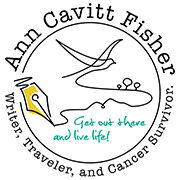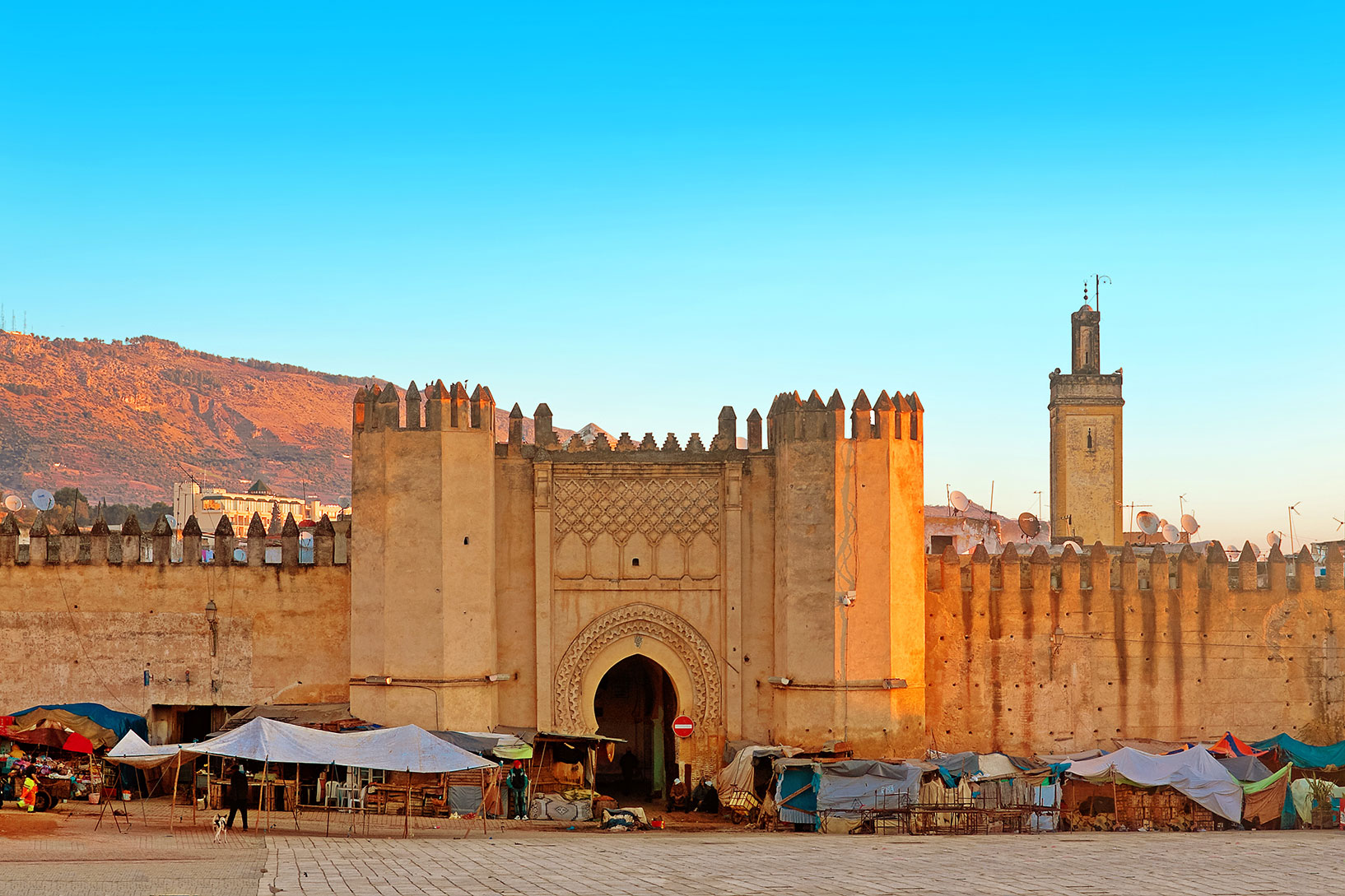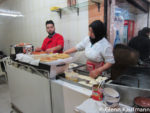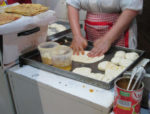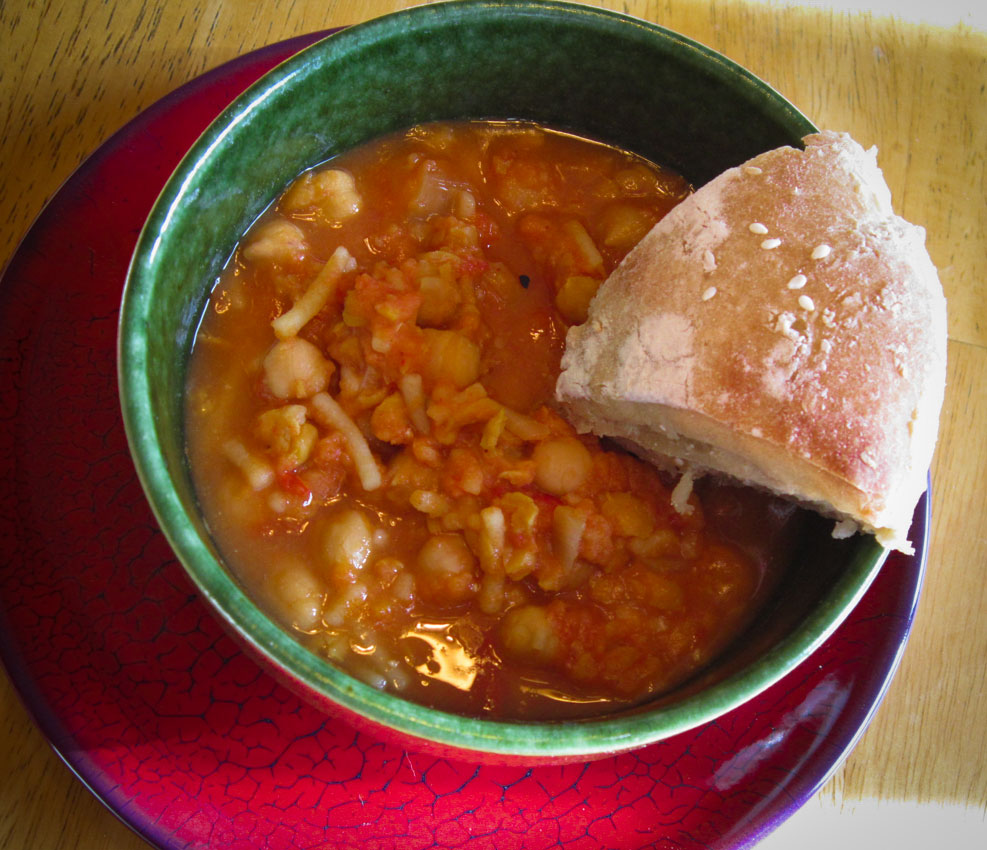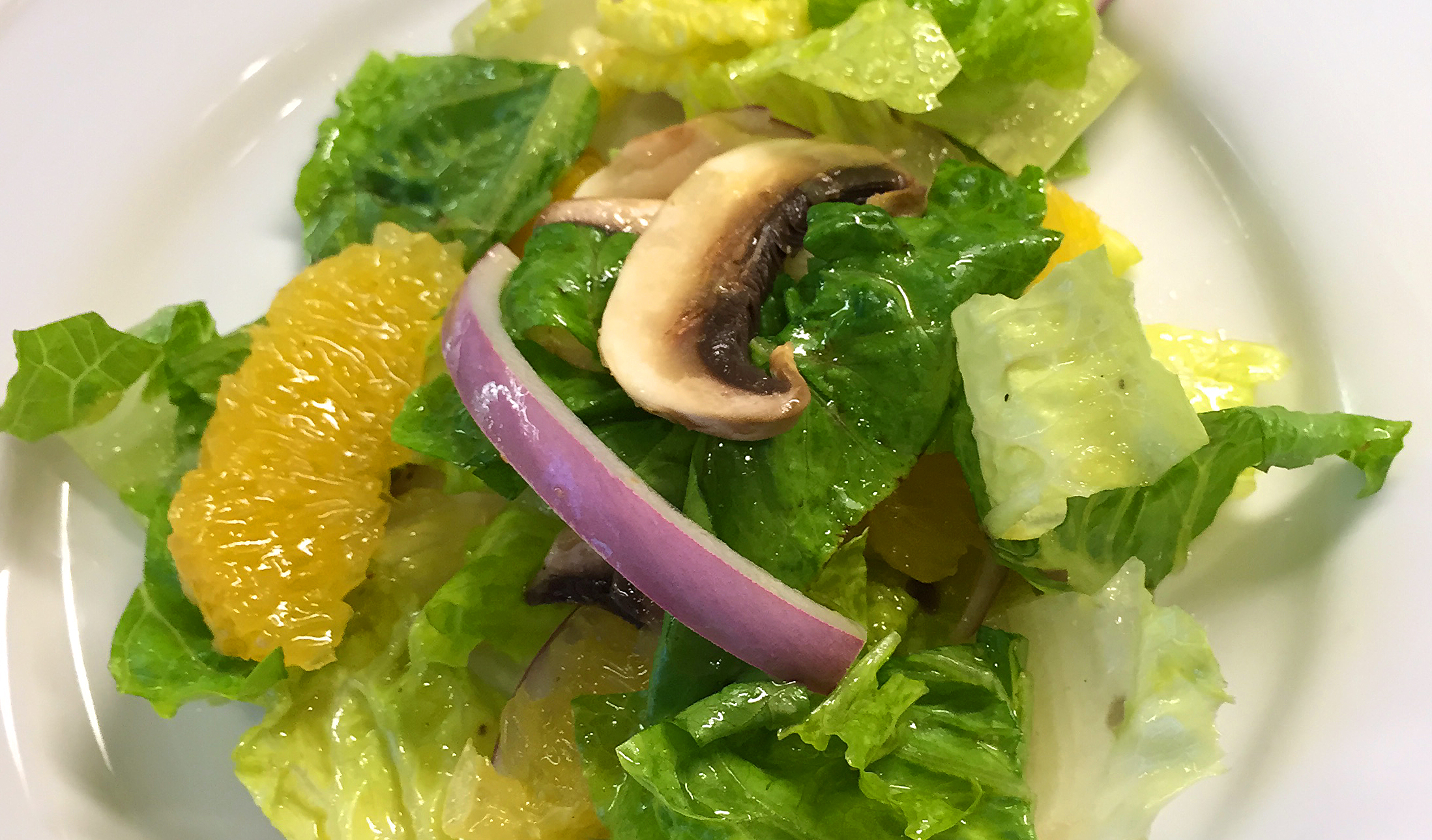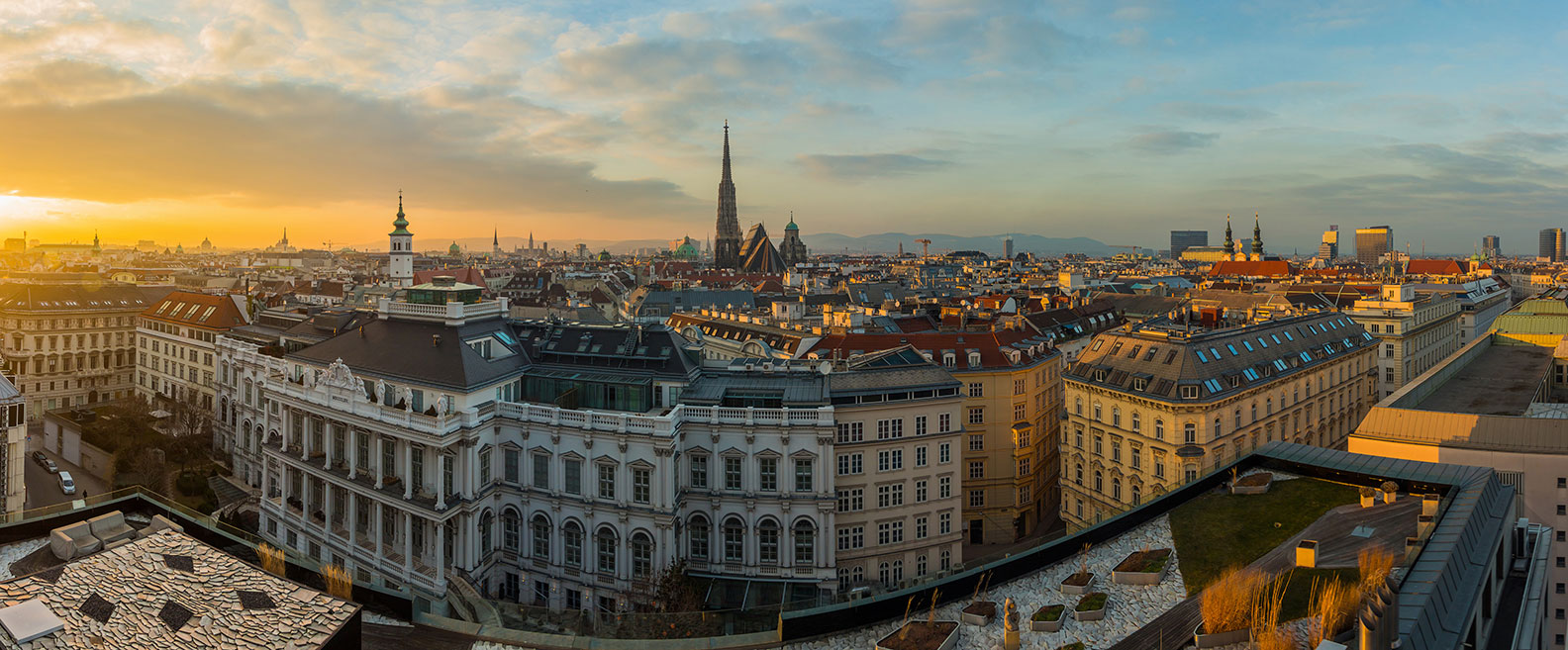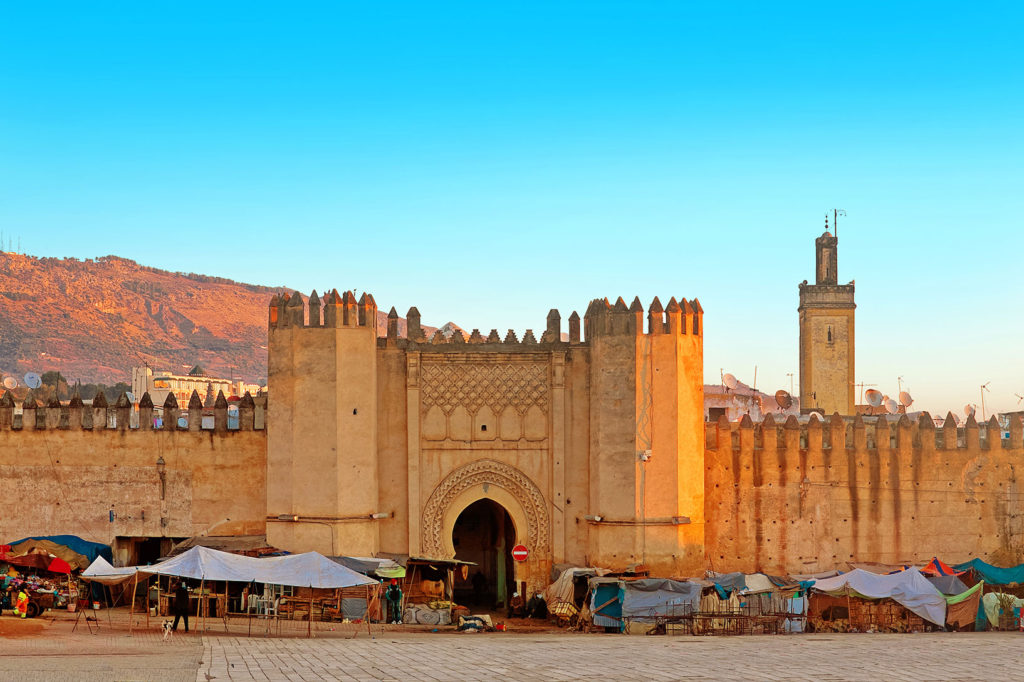
I love Morocco. I’ve been there twice, once in 2001 and again in 2016. That first trip I was single and a footloose, hosteling backpacker. Two years ago, I went with my wife and used Air BnB. As a result, I’ve had a variety of travel experiences and can still freely admit that I’m smitten by just about everything I’ve encountered there.
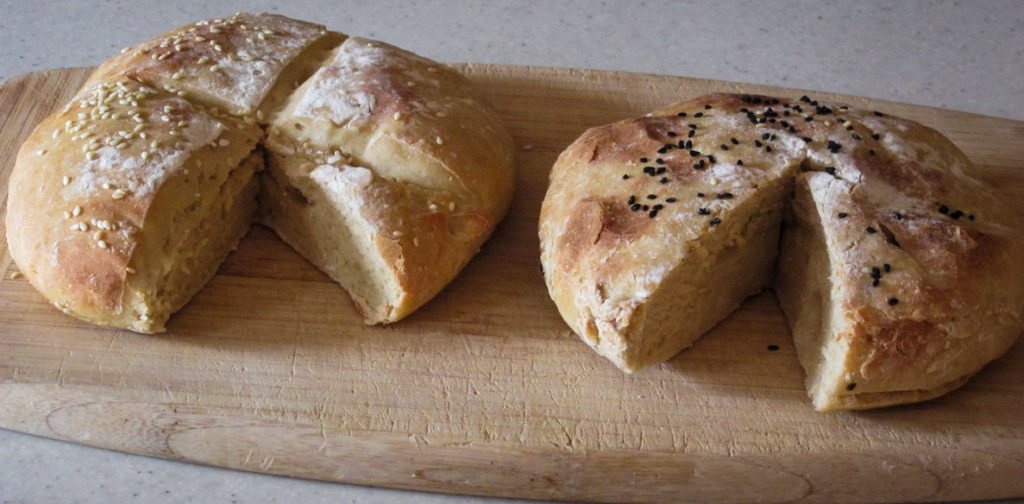
Khobz
On my 2001 trip to Morocco I spent a lot of time on buses. It was my practice before each journey to pop into a shop and purchase a litre of bottled water, a few triangles of that spreadable Laughing Cow cheese, and a round of Khobz, the crusty everyday Moroccan bread that is available pretty much everywhere, and is ideal for dunking in Harira, the tomato-based lentil and chickpea Moroccan soup served year-round. And, sitting in the open waterfront plaza in the Barbary Coast fishing village of Essaouira, I came to the realization that a hot bowl of Hariri and a piece of fresh bread for dipping is, quite simply, one of life’s mellow and satisfying pleasures.

On that first trip to Morocco, I learned that one of the first quaint stories you’re likely to hear while traveling in Morocco is that many/most Moroccan homes don’t have ovens, so the locals put their own special mark on their bread dough, take it to a local bakery, and return later to pick up their freshly baked bread. Well, the myth stuck with me, so in 2016 I decided it was time to investigate.
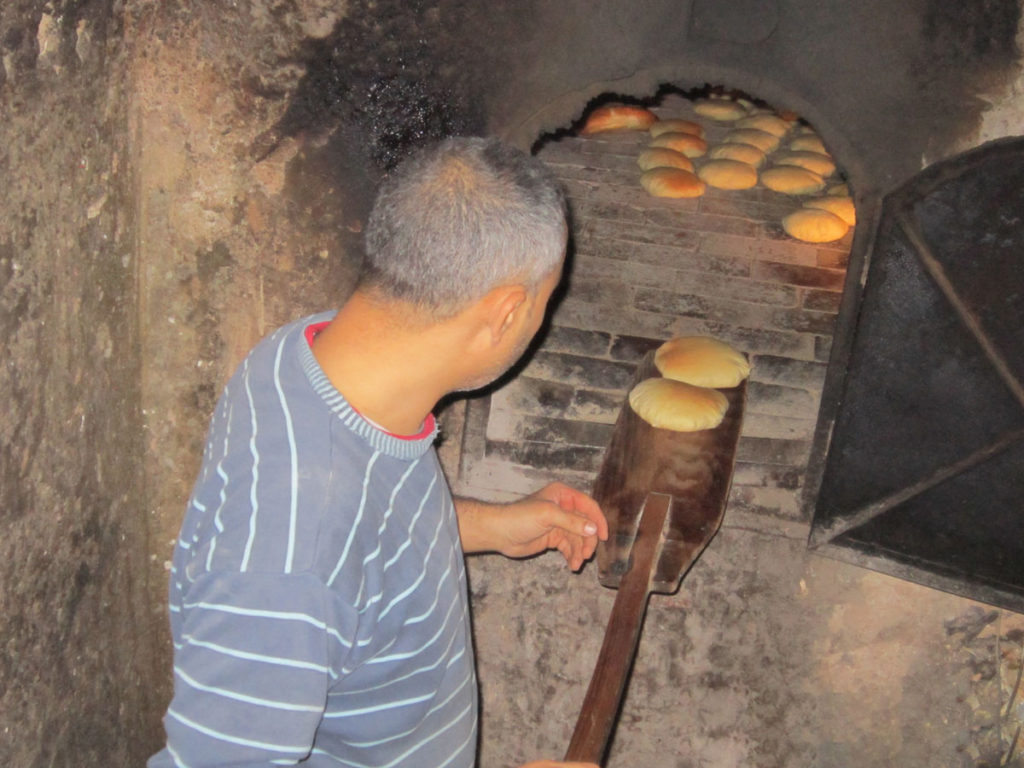
As part of a local food tour (Marrakech Food Tours), I checked out a small traditional bakery, and found a man standing waist deep in a pit in front of a roaring open oven. A stack of recently retrieved Khobz sat nearby, and he was using a long-handled wooden peel to pull others from the fiery maw.
Through an interpreter, he told me that they bake hundreds of loaves a day for both private homes and the shops and street vendors in their corner of the medina (a warren of marrow streets crowded with shops, workshops, and private homes). The implication was that there are multiple bakeries like this, each serving a single neighborhood within the medina. Myth confirmed.
Msemen (Malawi)
Having found our riad (small Moroccan hotels that usually consist of just a few rooms in a converted house in the medina), and bleary-eyed from our overnight train, we decided to strike out and find breakfast in the Marrakech medina.
We quickly settled on one of the many cafes in a quiet corner of the Jema el Fnaa, and watched as Marrakech’s world-renowned open-air market square started its day. I don’t remember what I ordered that morning. What I do remember is that two young backpackers at the next table were eating a delicious looking elastic, but kind of flaky, pancake-like, chewy crepe-ish thing that they roughly tore apart and dipped in butter, jam, and honey. And from that moment on, the fever to find out what they were eating burned in my brain.
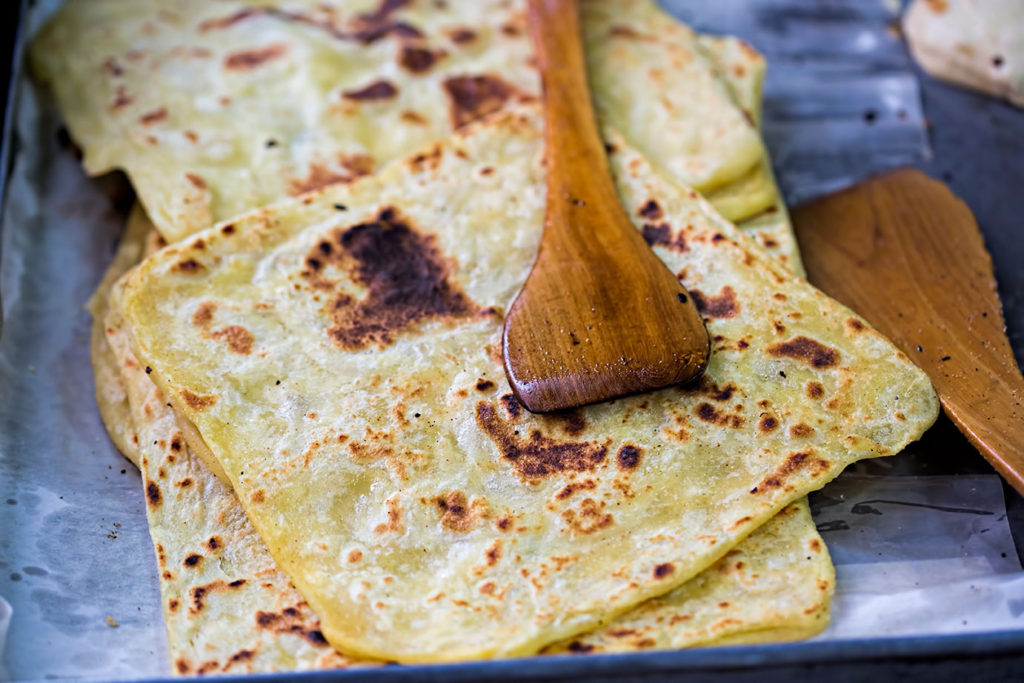
A few nights later, our food tour once again helped me out. Around sunset (so it’s not just a breakfast thing), we stopped at a street stall where a woman was ladling batter onto a griddle, and later pulled golden, flaky, chewy Msemen (sometimes called Malawi) from the cooktop, and offered them with a tangy chili sauce or a bowl of Harira, or as a sweet treat with honey.
That first chewy bite did not disappoint. And I became a slave to the hot, flaky, yet chewy texture. Fortunately, because it does double duty (with savory and sweet condiments), Msemen is generally easy to get in the major cities, and in cafes, restaurants, medina food stands, and in riad breakfasts.
In fact, a few days later, breakfast in our Fes riad included a sumptuous spread of tea, coffee, eggs, and, hot malawi, honey, butter, and fresh fruit preserves (jam), and, to my delight, introduced a new player on my Moroccan bread fantasy tour.

Harcha
Sitting at our breakfast table in Fes, I took a break from my honey-laden malawi and noticed a plate of dry looking breads and thought, “Oh, how cute, I’ll see if Moroccan crumpets (English muffins) taste anything like what I’m used to.”
Oh, brave new world. I should know better than to doubt Moroccan bakers.
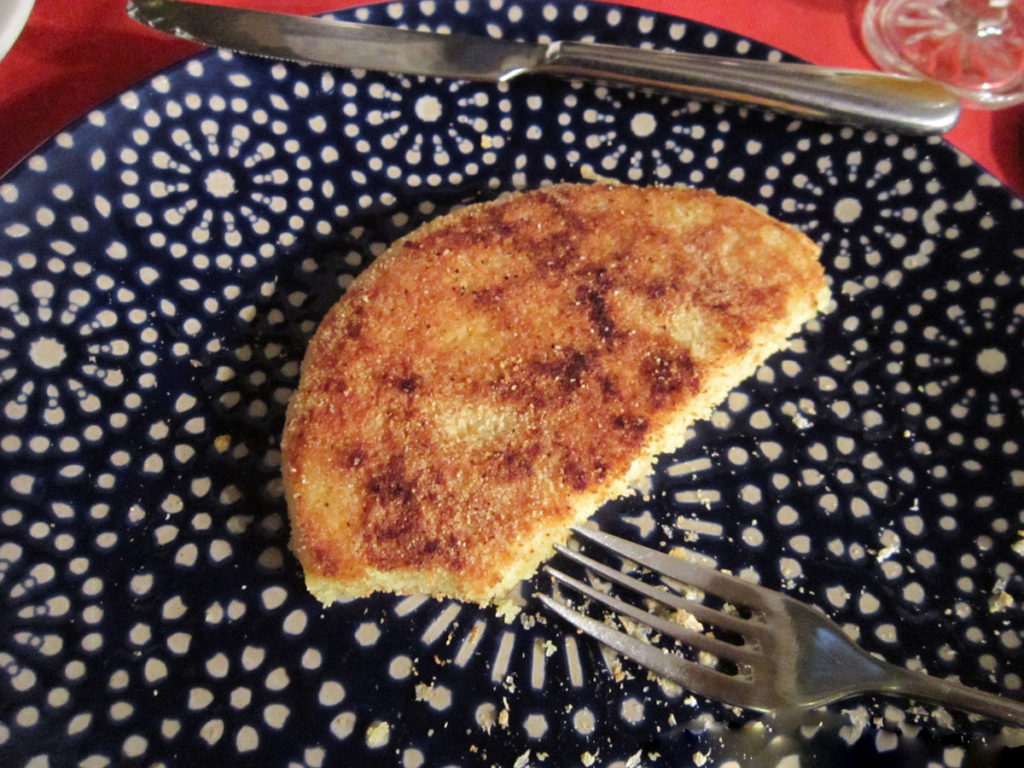
If cornbread and an English muffin got together, the resulting offspring would be, “Harcha” (also, written, “Harsha”). Made with coarse semolina, Harcha is a dense, crumbly cake of sorts that goes well with an omelet, or eaten hot and slathered with butter, honey, or jam (sense a theme here?). Harcha is not something you’ll find on every breakfast table, but it’s common enough that if you ask for it, your accommodating Moroccan host will probably get it or find it for you.
For me, Morocco is synonymous with food.
And Moroccan hospitality, communal spirit, and a love for sweet, fresh pleasurable things are no more evident than in the breads of Morocco. Whether you’re dunking a pillowy wedge of Khobz in a steaming bowl of Harira, starting your day with that last chewy, honey-drenched scrap of Msemen, or eating an omelet and Harcha sandwich, bread in Morocco is the stuff of myths, legends, and fond memories.
Keep traveling, and go to Morocco!
Cheers,
Glenn K.
 Glenn Kaufmann is a freelance travel, food, and film journalist based in Dublin, Ireland. As a child of the American South, he has a weakness for buttermilk biscuits. As an escapee from Los Angeles, he has a love for seeing beaches and deserts in the same day. And, now, in Ireland, he’s developed a fondness for whiskey (and a collection to match).
Glenn Kaufmann is a freelance travel, food, and film journalist based in Dublin, Ireland. As a child of the American South, he has a weakness for buttermilk biscuits. As an escapee from Los Angeles, he has a love for seeing beaches and deserts in the same day. And, now, in Ireland, he’s developed a fondness for whiskey (and a collection to match).
| Like it? Pin it! 🙂 | |
|---|---|
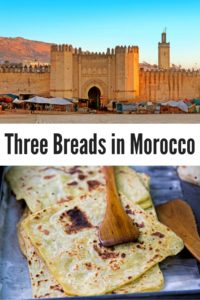 |
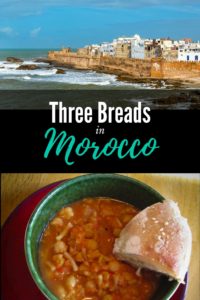 |
